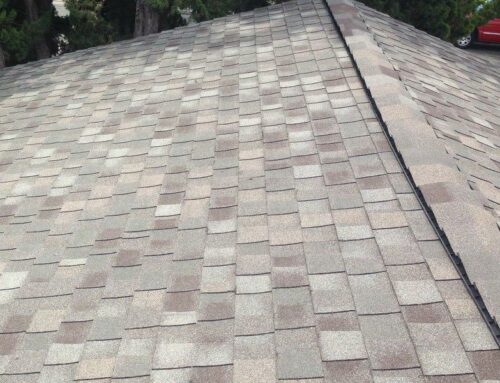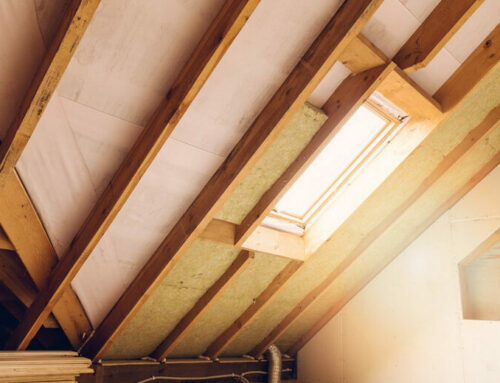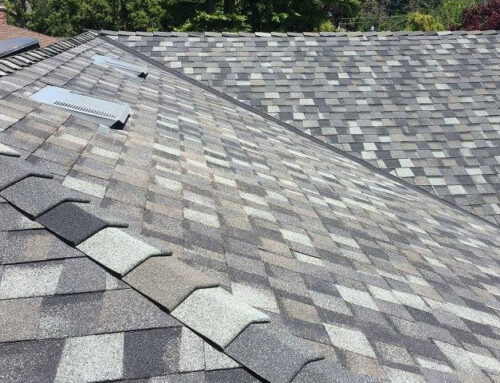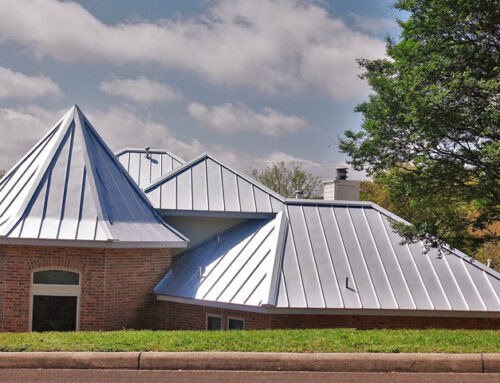The price of your roof is directly tied to the price of oil and gas. It’s not just that roofing needs to be transported, and therefore the cost of shipping it goes up as gas prices go up. Instead, roofing shingles are made from asphalt, which is made from oil.
Asphalt is one kind of liquid petroleum mixed in with an aggregate to stabilize it. As oil and gas go up in price, so do shingles, as manufacturers need to buy oil to make it. Indeed, crude oil prices have been rising over the years, and the shingle manufacturing process may be sensitive to sudden jumps.
When manufacturers raise their prices, roofing contractors have no choice but to pass those increased costs on to the customer. While this is the main thing that makes roofing so expensive, there are other factors at play, too, and we will outline them below.
Other Factors in Roofing Prices
What other factors might make your roofing job more expensive than you thought it would be? Here are some factors:
- Supply problems: When roofing manufacturers have trouble getting materials, making the shingles, or shipping out their products, costs go up. This is because the same amount of contractors are competing for an ever-smaller pool of shingles. We saw this effect in 2020 when the COVID-19 pandemic response interfered with many manufacturers’ ability to make shingles. This caused the price to jump.
- Labor costs: A lot of labor goes into a reroofing job. It is on similar footing with other major home renovation projects that often take multiple people over a day or more. However, there’s the added element that there are not that many people pursuing roofing as a career. It’s physically demanding work, and roofers need to be paid well to compensate them–or there wouldn’t be roofers at all.
- Safety and regulations: It’s true that the safety regulations surrounding roofing have increased over the last few years, and that has resulted in higher costs for roofers. We need better safety equipment, more training, and equipment that helps reduce the physical burden on a roofer. Roofing is a dangerous job, and it’s important to take these precautions to protect people. However, it does raise our costs.
- Insurance: When a roof installation goes wrong, it can seriously cost a homeowner unless there is ample insurance involved. That’s why roofing companies should have quality insurance with high coverage, at least two million for residential work and more for commercial. Paying those premiums is expensive, but it’s worth it to protect people and property.
- Other materials: While it’s a smaller part of the cost of roofing, major jumps in the price of related materials can drive up the cost of your repairs or reroofing job. If gutters, flashing, underlayment, or wood rise in price, roofers need to charge a bit more on most jobs to cover these costs.
If you’re surprised by the quote for your roofing, you can always work with your roofer to see how prices can be reduced. Just be sure to stick with a licensed roofer: the worst thing you can do is have someone unlicensed work on your roof, since you won’t have coverage for any damage that occurs. Another option is to check out Nerdwallet’s guide to affording a new roof.







